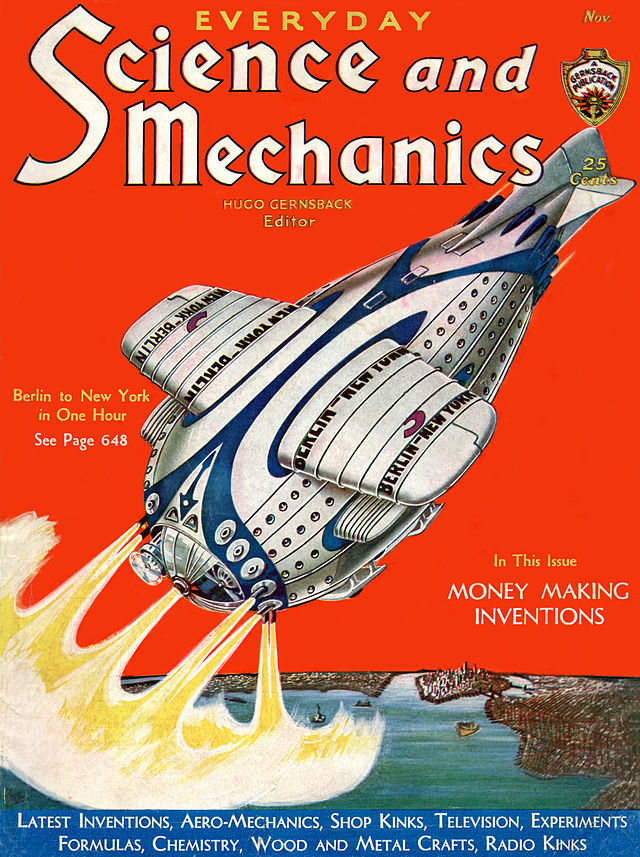A Moment on Momentum.
- Mark Heiser

- Apr 29
- 3 min read
If you are fortunate enough to live in a major metropolitan city with opportunities for career growth within the city, you're lucky. Or if your organization is large enough to promote from within, great. For most people pursuing a career in the performing arts however, the time will come when relocating to another city will be a major consideration.

Newton’s First Law—the principle of inertia—states that an object at rest will stay at rest unless acted upon by an external force. People often remain in familiar environments out of habit, comfort, or perceived stability. The act of deciding to move to another city is therefore a force that disrupts the status quo. This force might be emotional, economic, or aspirational, but it must be substantial enough to overcome the inertia that keeps one rooted. Additionally, a mass requires greater force to change its state of motion depending on its weight. The complexity of one’s life—relationships, possessions, career—can increase the resistance to change by adding weight to the decision to move.
Continuing our mechanical metaphor, Galileo's principle of invariance states that the laws of motion are the same in all inertial frames of reference. This suggests that the fundamental aspects of one’s identity and values persist regardless of location. Just as physical laws don’t change whether you're standing still or in motion at a constant speed, changing cities does not alter the mechanics of who you are, but rather changes the frame of reference from which you experience the world. Heady stuff indeed.
Down to more practical considerations, one of the first concerns of relocating is the cost of living and how it compares to where you are now. Cost of living index calculators abound on the internet, making it fairly simple to compare major metropolitan areas based on similar factors like groceries, housing, utilities, and health care. However, such calculations are deceptively simple. In Newtonian terms, making a move requires not only an external force but also an awareness of the environment's resistance—akin to friction. Cost of living is one such force. Just as the energy required to move an object uphill is greater than on a flat surface, relocating to a more expensive city introduces new resistance in the form of housing prices, transportation costs, taxes, and everyday expenses. This friction must be offset by greater compensation or improved quality of life. But while "quality of life" may seem like an intangible factor, it is an important part of the equation, since it has a very large impact on motivation. Therefore, negotiating a salary in a new city isn’t just about matching or exceeding a previous salary, but more about understanding the force required to maintain or improve one's standard of living in a new environment. From the Newtonian viewpoint, evaluating a job offer is akin to analyzing a system composed of interrelated forces—not just salary, benefits, and healthcare, but retirement contributions, work-life balance, remote work flexibility, and career trajectory. For some people, a new environment brings more than monetary gain—it could mean opportunities in both their professional and personal lives that may offset compensation considerations. The axiom "getting paid with the scenery" comes to mind.
Adding further complexity to the equation, career moves in the arts often involve a delicate balance between passion and practicality, mission and money—forces that exert constant influence on one’s professional trajectory. Inertia plays an especially potent role here: arts administrators frequently remain in roles not just due to inertia, but out of deep commitment to a particular organization’s mission or community. The decision to relocate becomes an act of overcoming not just logistical inertia, but emotional and ethical gravity as well.
Career trajectories are rarely linear, where the object in motion stays in motion without any influence from outside forces. Put simply, life happens, often with many twists and turns and changes in trajectory. Ultimately what we want is to be able to manage and perhaps direct those changes when they occur. When that new opportunity calls, it is not an abandonment of stability, but a recalibration of trajectory, governed by the same internal forces and constants that shaped the initial motion—namely who we are, and what we want from life.


